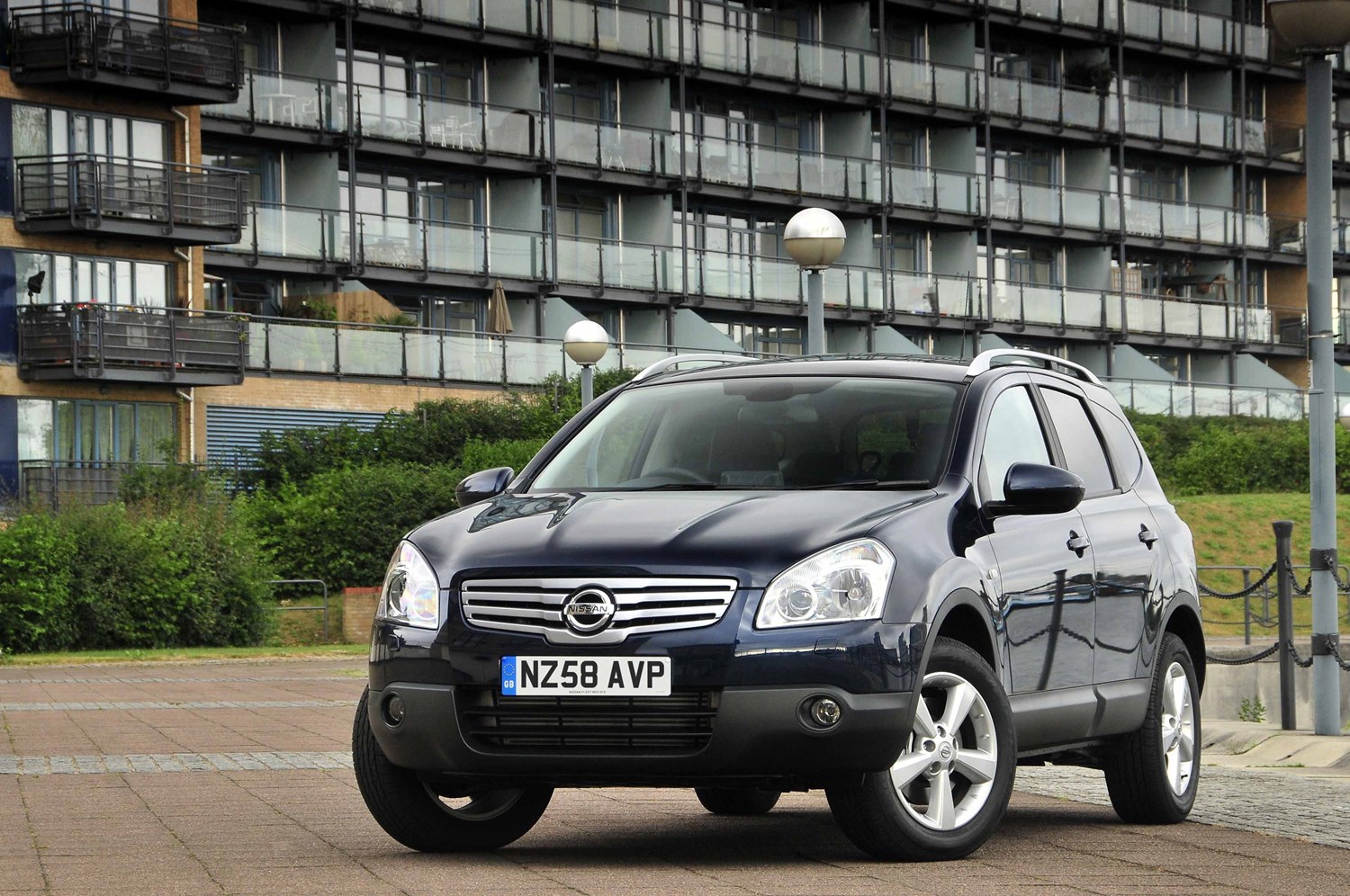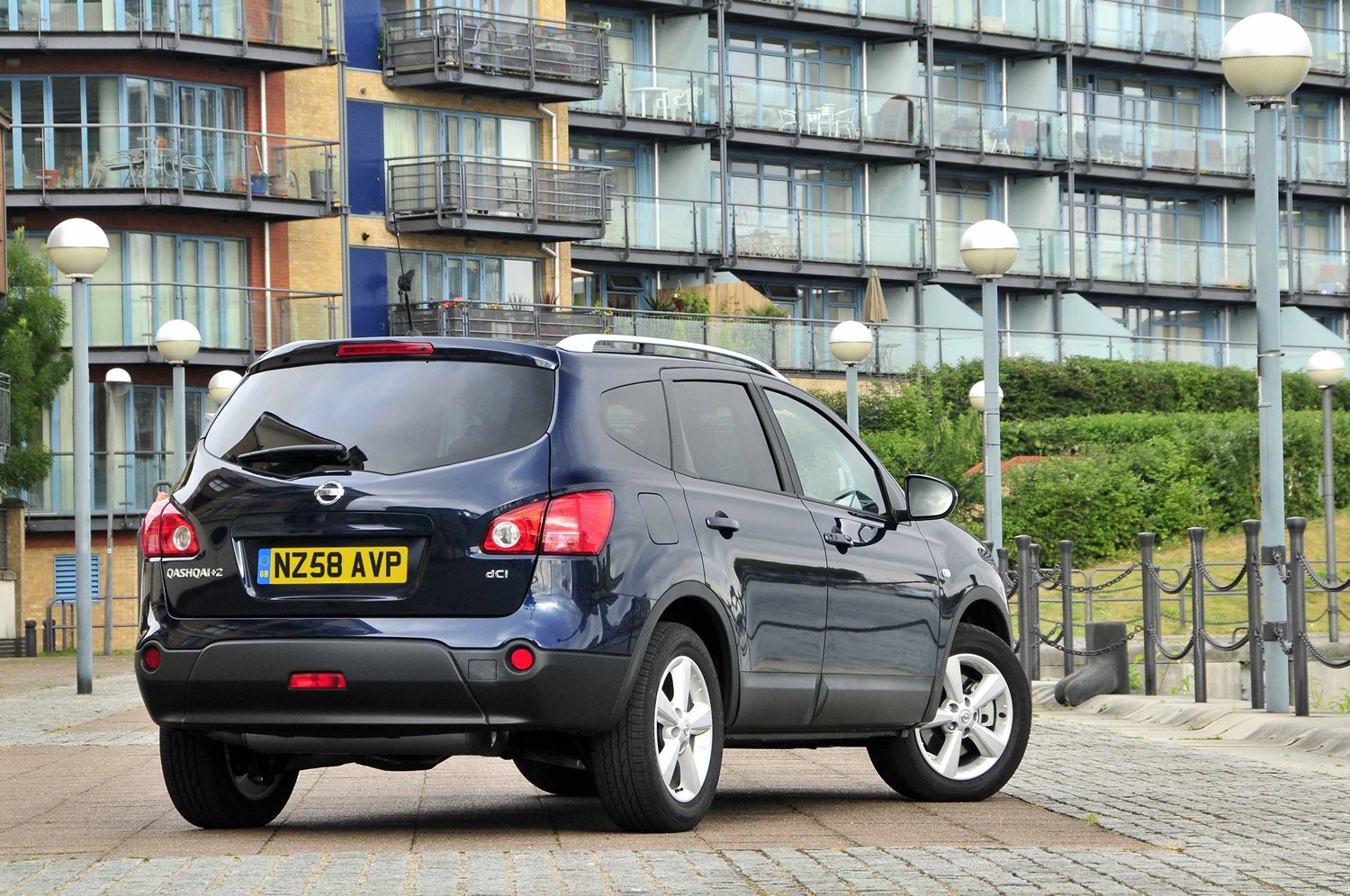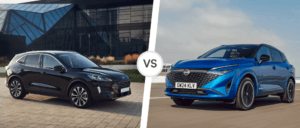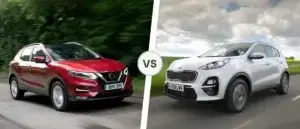Latest model
Just a couple of years after its introduction, the Qashqai+2 was updated in-line with its regular sibling. Changes included a new bonnet, front bumper, wings and headlights, while new colours Magnetic Red and Mineral Grey were introduced.
Other edits included additional insulation providing better refinement, along with retuned suspension for a more comfortable ride.
Despite the +2 proving quite popular with buyers, Nissan discontinued it at the same time as the second-generation Qashqai. With the Japanese firm’s X-Trail evolving from being a 4x4 into more of a crossover – and with a seven-seat option – this essentially replaced the +2.
Value for money
Nissan’s Qashqai has always represented great value for money, and even when new the +2 was the same, with a £17,595 starting price at the time, which represented around a £1,400 increase in the regular model.
Today, though, the only option is a used example, with the cheapest available from £2,500, though this will buy a high-mileage version. You’ll need to spend around £4,500 before you can get something with less than 80,000 miles on the clock. Meanwhile the tidiest examples can still be worth more than £10,000. The ‘+2’ models do command slightly higher prices than the regular Qashqai, too.
Looks and image
Despite being a seven-seater, the Qashqai+2 actually is one of the better-looking cars in this market, with the same appealing design as the regular car, and despite its stretched shape, it largely hides its size well. With alloy wheels versions fitted across the range, it’s certainly not a bad-looking model. We reckon the 2010 updates are the most eye-catching, though, with their more modern look.
Though the Qashqai+2’s interior might now look a bit dated by modern standards – especially the dials and steering wheel – it’s certainly not a bad cabin, particularly on the higher-spec cars that get more luxuries. With all versions coming with a panoramic glass roof (typically an expensive feature), it helps to give the inside a more premium feel.
It’s also pleasant to drive, too, feeling just as good behind the wheel as the regular crossover. It’s no hot hatchback, but handles well for a model of this bulk, while a comfortable ride and limited road noise make it very respectable in this area. Rear visibility could be better, though, so it’s worth finding a high-spec car that features a reversing camera if you struggle with parking.





